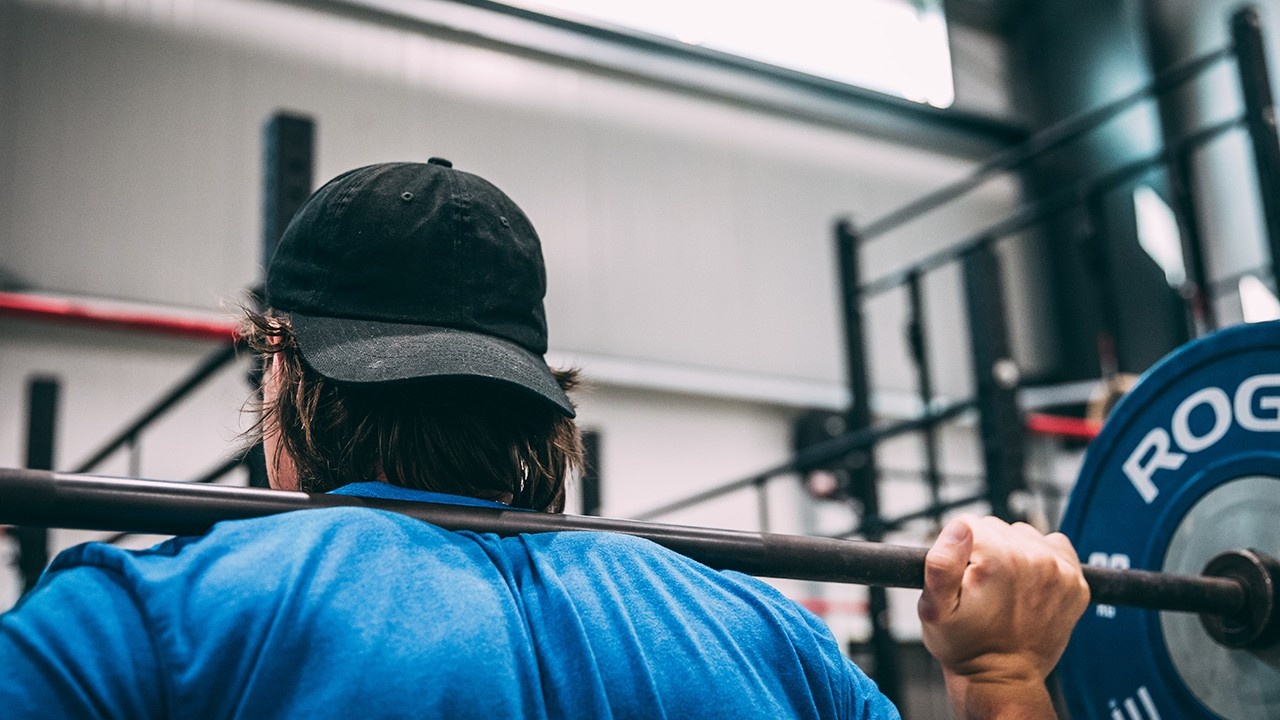
What your 1RM does NOT tell you about your strength
The one-rep max (1RM) test of strength is the gold standard of strength tests in a training program. Whether it's meticulously planned at an appropriate time of an athlete's training plan to be used to set intensities, or done pretty much every time "that guy" walks into your commercial gym, it's hard to find a better weight room test.
What many coaches probably know intuitively but don't really acknowledge; or if they do acknowledge it, they don't really have an alternative way to test, is that it's actually a pretty tiny snapshot of an athlete's maximal strength.
So what is the 1RM not telling you about your athlete's strength?
- eccentric strength
- a full picture of their concentric strength
Drawbacks
Let's take a look at the major drawback of the 1RM, using a back squat as an example. It's only testing how strong your athletes are concentrically in the most mechanically disadvantageous position of their entire range of motion (ROM).
For the squat, this is roughly the position right above parallel. It's not in the author's best interest to speak in absolutes, so let's just say somewhere between parallel and a half squat, as approximately shown in the following photo.

In fact, your athletes are much stronger above that zone towards the end of their ROM. On the flip side, they are able to produce even higher levels of force eccentrically (muscle lengthening under load).
Why does this matter?
So why does this matter? Who cares? Whatcha bench, bro? Well, because most athletic movements are occurring near joint end range of motion. Likewise, on the field of play, winners and losers are often determined by the ability to generate force eccentrically.
The purpose of this article is not to paint the 1RM as a useless strength test. Far from it, as it's still our gold standard. We are also not advocating replacing the full depth squat for a quarter squat. We are full-ROM biased in our squat programming and most other exercises for that matter. That said we are for training all contraction types, in full and partial ROM, from end to end of the force-velocity curve.

